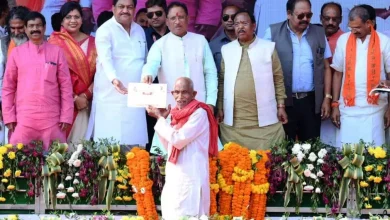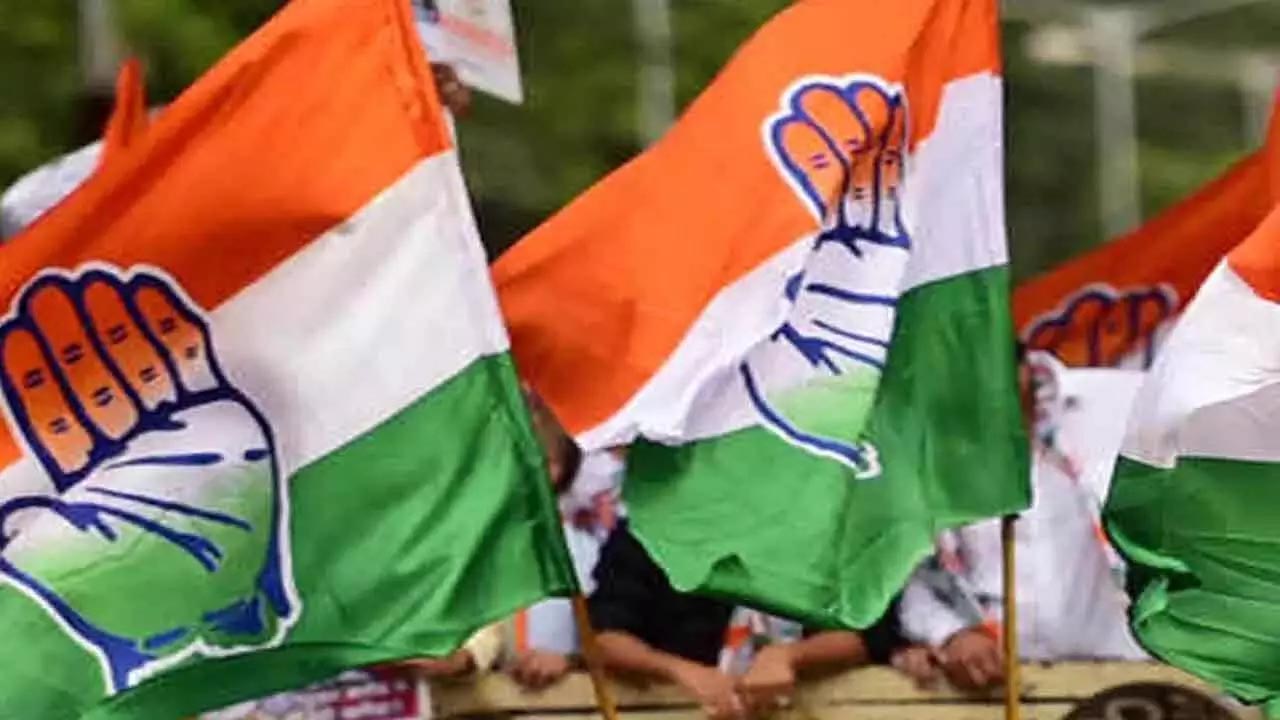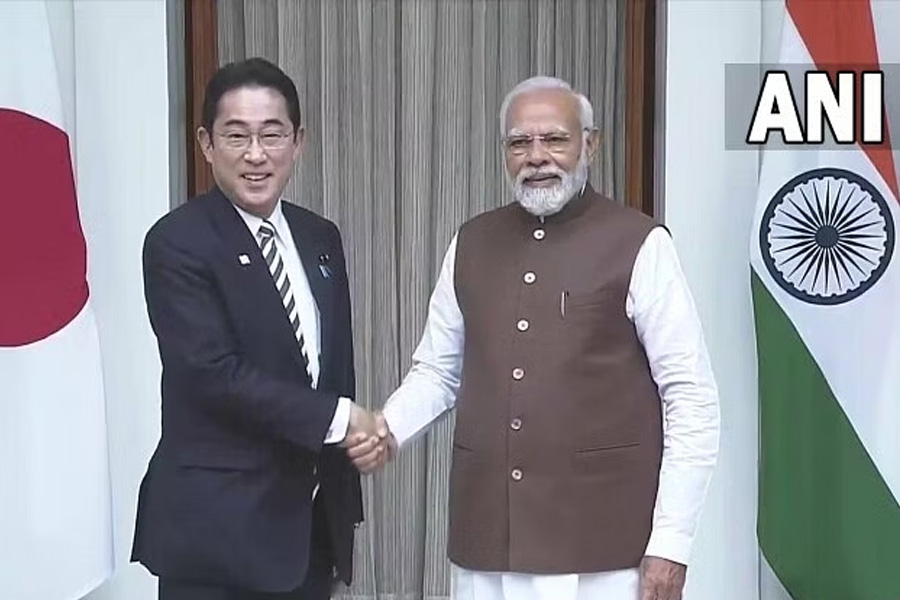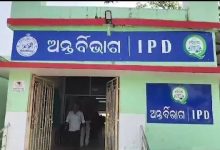
Bengaluru: When Frank Sinatra sang ‘Fly Me To The Moon’, one wonders if he knew that even a fleeting visit would cost him a month. According to National Aeronautics and Space Administration’s (NASA) estimation, an average solar day on the moon, also known as lunar day, is 29.5306 earth days.
Obviously, there’s more to moon than what meets the eyes.
To familiarise people about these facts as well as to popularise India’s scientific strides towards moon exploration, particularly the impending launch of Chandrayaan-3, slated for mid-July, Indian Institute of Astrophysics (IIA), Bengaluru, had organised a science-meets-culture night on July 4.
“The idea was to bring people together and create awareness among them about the exciting new developments made by Indian Space Research organisation (ISRO). If it is purely science, some people will be left out,” Dr S Seetha, honorary member, astronomy and astrophysics at Raman Research Institute, had told PTI, prior to the event. So, on the night of July’s Full Buck Moon, IIA’S ‘Luney Tunes’, held at IIA auditorium in Bengaluru, saw grandmothers’ tales of moon sharing stage with the science behind it.
“It was great seeing people, especially young children, enthusiastically sing about moon or exchange notes on the various legends surrounding the moon,” said Niruj Mohan Ramanujam, head of IIA’s science communication, public outreach, and education (Scope) section, the man behind the event. During the evening, with the help of an interactive presentation, Dr Seetha, the former director of space science programme office at ISRO, explained to the crowd about mission Chandrayan-3, a follow-up to Chandrayan-2. According to Dr Seetha, the launch of Chandrayaan-3 is scheduled for July 13.
“Well, the launch will depend on the wind and other conditions. So, a week — between July 12 and 19 – is set aside for it. But if things go as per plan, we will have the Chandrayaan-3 up by July 13,” added Dr Seetha. Chandrayaan-3 consists of a propulsion module, which will carry lander and a rover, and it will enable them to reach an orbit of the moon, said Dr Seetha.
“The lander is expected to soft land near the polar regions of the moon, where the experiments will be switched on. After the landing, the rover will come out of the lander and will move around on the surface of the moon. It is expected to make measurements of the surface properties of the moon. The lander also has some key pay loads and it too will measure the various properties of the surface,” added Dr Seetha.
According to Dr Seetha, the experiments will be conducted for one lunar day near the landing sight. “You see, when the night approaches after about 15 days, the temperature will dip to -170 degrees Centigrade or so. That will last another 15 days. We are not sure how the cold might will affect the lander. So, the crucial period is the first 15 days,” explained Dr Seetha.
















